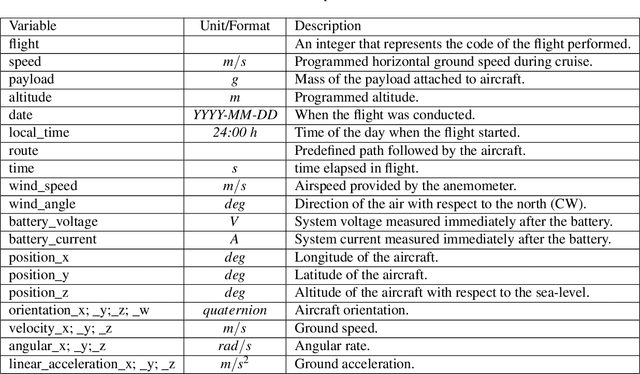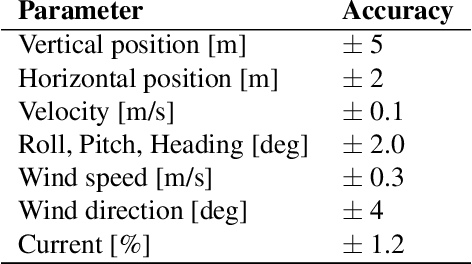H. Scott Matthews
Reconstruction of Long-Term Historical Demand Data
Sep 10, 2022



Abstract:Long-term planning of a robust power system requires the understanding of changing demand patterns. Electricity demand is highly weather sensitive. Thus, the supply side variation from introducing intermittent renewable sources, juxtaposed with variable demand, will introduce additional challenges in the grid planning process. By understanding the spatial and temporal variability of temperature over the US, the response of demand to natural variability and climate change-related effects on temperature can be separated, especially because the effects due to the former factor are not known. Through this project, we aim to better support the technology & policy development process for power systems by developing machine and deep learning 'back-forecasting' models to reconstruct multidecadal demand records and study the natural variability of temperature and its influence on demand.
* Accepted to Tackling Climate Change with Machine Learning Workshop, ICML 2021
In-flight positional and energy use data set of a DJI Matrice 100 quadcopter for small package delivery
Mar 24, 2021



Abstract:We autonomously direct a small quadcopter package delivery Uncrewed Aerial Vehicle (UAV) or "drone" to take off, fly a specified route, and land for a total of 209 flights while varying a set of operational parameters. The vehicle was equipped with onboard sensors, including GPS, IMU, voltage and current sensors, and an ultrasonic anemometer, to collect high-resolution data on the inertial states, wind speed, and power consumption. Operational parameters, such as commanded ground speed, payload, and cruise altitude, are varied for each flight. This large data set has a total flight time of 10 hours and 45 minutes and was collected from April to October of 2019 covering a total distance of approximately 65 kilometers. The data collected were validated by comparing flights with similar operational parameters. We believe these data will be of great interest to the research and industrial communities, who can use the data to improve UAV designs, safety, and energy efficiency, as well as advance the physical understanding of in-flight operations for package delivery drones.
 Add to Chrome
Add to Chrome Add to Firefox
Add to Firefox Add to Edge
Add to Edge